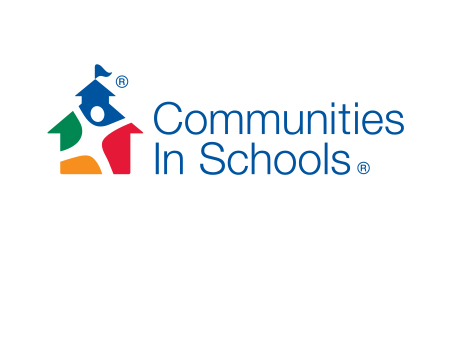Improving Student Opportunities
This op-ed was published in EducationWeek on April 26 as part of a "Five Pathways for Improving Student Opportunities" article.
Meet the Range of Student Needs
Goal of this work: To provide wraparound services to break down the maze of access to public and private resources that students, families, and educators need so schools can focus on a welcoming environment and rigorous academic content for their students.
Why it matters: Schools and teachers don’t have adequate resources or the time to meet the range of student needs without additional support; the level of stress, trauma, and challenges individual students carry with them is pressuring educators to rethink how schools provide services.
How to do this work: Education leaders should take a proactive, systems approach to redesign how they plan to meet student needs, including by:
- Committing to external services and partnerships that support students’ fundamental needs, including for housing, nutrition, physical and mental health;
- Engaging well-trained, data-driven relationship builders to work with students and give them authority;
- Making schools the hub for connecting families with support providers; and
- Planning well, allocating resources, and using data-driven metrics to assess quality and success of this work.
Opportunity to learn in action: Communities In Schools is one example of a national evidence-based program that embeds school-based staff inside schools to identify and address complex barriers to learning, such as homelessness, housing instability, bullying, and trauma, that can prevent students, especially those from marginalized communities, from achieving their full potential.
Rey Saldaña is the president and CEO of Communities In Schools, which brings community resources directly into schools by embedding locally hired and trained coordinators focused on student success. As a student, he attended a CIS school and began receiving wraparound supports in the 10th grade.


